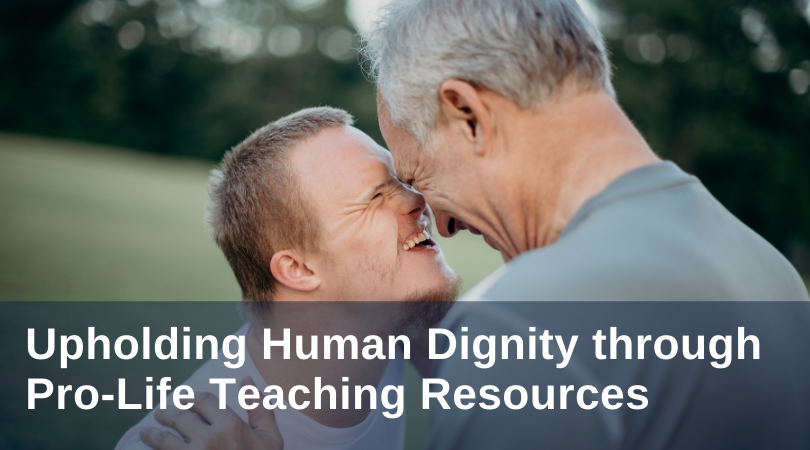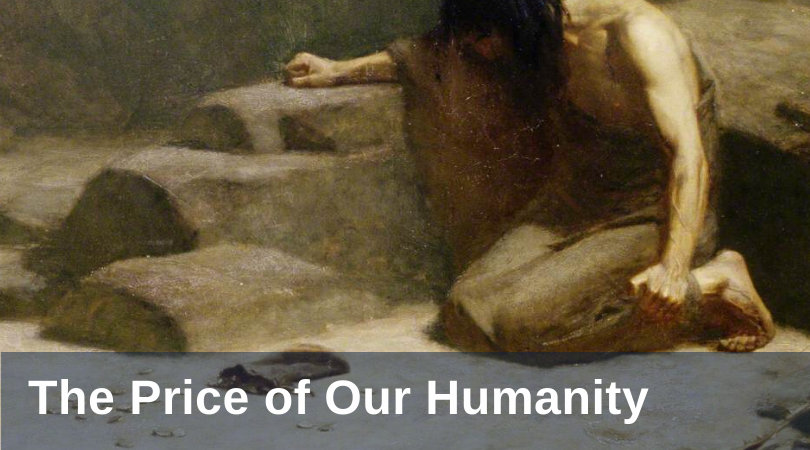If education is to be transformative, it must engage the mind, capture the imagination, and spark a desire for real engagement with the world. Julián Carrón writes, “Education is not explaining reality or forming some argument about it; it is helping another person . . . enter into reality” (“A Communication of Yourself,” in Disarming Beauty: Essays on Faith, Truth, and Freedom, 168). This kind of education is not a passive memorization of facts, but rather an “encounter.” Such encounters captivate the attention, propose “a hypothesis of meaning,” and inspire students to search for what is good, true, and beautiful.
Upholding Human Dignity through Pro-Life Teaching Resources
Topics: abortion, pro-life, human dignity, teaching resources, Office of Life and Human Dignity, Down syndrome
The Price of Our Humanity: Cost Effectiveness, Abortion, and Disability
“‘What are you willing to give me if I hand him over to you?’” They paid him thirty pieces of silver…” —Matthew 26:15
It is particularly haunting to see an exact price exchanged for a human life; the juxtaposition of a finite monetary amount and the life of an infinite being is incomprehensible. In Mathew’s Gospel above, the thirty-pieces figure has been traced back to earlier scriptural references, and is thought to signify the compensation due a master when a slave is killed.
No matter how the amount is derived, calculating the worth of a human life is at once both so absurd and crass that it renders the act of killing for a specific financial gain singularly troubling.
Topics: abortion, pro-life, human dignity, disability, Down syndrome



